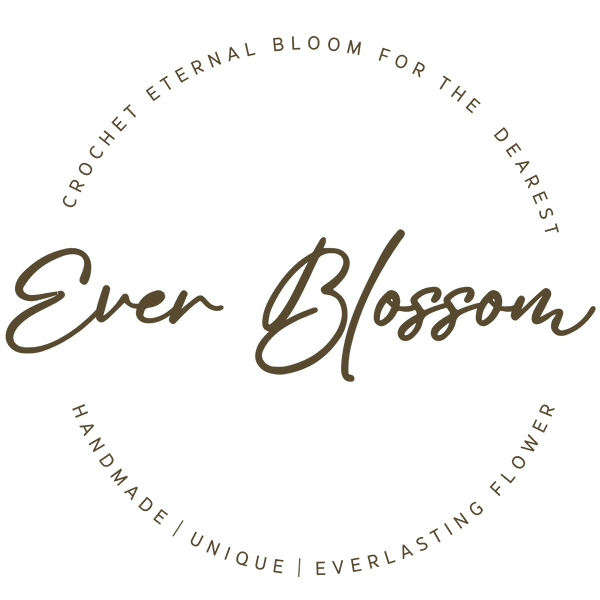Sustainable Development
Why is Floral Waste a Corporate-Level Environmental and Cost Issue?
Large Scale, High Turnover
Hotels and shopping malls typically replace floral decorations every 3–7 days.
At an estimated 15–25 kg of flowers per week, a single location generates 0.8–1.3 tons of organic waste annually. For groups with multiple sites and frequent events, annual waste volume rises significantly.
Most of this waste ends up in landfills or incineration, driving up disposal costs and carbon emissions.
Hidden Environmental Costs
Air Freight & Cold Chain: During peak seasons such as Valentine’s Day, airfreighted flowers cause massive emissions. According to the International Council on Clean Transportation (ICCT), in just the three weeks before Valentine’s Day, global flower shipments consumed 114 million liters of jet fuel, generating 360,000 tons of CO₂.
For example, in 2021, Valentine’s Day flowers flown from Colombia to the U.S. emitted an estimated 360,000 metric tons of CO₂ — equivalent to the annual emissions of 78,000 cars.
Events = Immediate Large-Scale Waste
From flower shows to exhibitions, weddings, and corporate events, short-term floral installations are often discarded en masse after dismantling.
Example: The Philadelphia Flower Show processes tens to over a hundred tons of organic floral material per edition.
Even the best-managed events require significant resources for recycling, donation, and composting.
How Knitted Flowers Outperform Fresh Flowers in Hong Kong’s 5R Waste Reduction Framework

(Based on EPD’s “Practical Guide on Packaging Reduction & Management”)
🔗 https://www.eeb.gov.hk/tc/susdev/green_procure/green_procure.html
-
Reusability
Government Guideline: Encourage reusable, durable materials over single-use items.
Knitted Flowers: Can be reused across seasons, venues, and events, with lifespans of 2–5 years, far longer than the 3–7 days of fresh flowers.
-
Transportation & Packaging Carbon Footprint
Government Guideline: Minimize packaging and reduce carbon from logistics.
Knitted Flowers: Require no cold chain, no airfreight, and only minimal dust-protection packaging, reducing both material use and emissions.
-
Waste & Consumables Ratio
Government Guideline: Avoid unnecessary single-use materials.
Knitted Flowers: Fresh flowers generate large amounts of waste per installation. Knitted flowers are durable, low-waste, with almost zero consumables per reuse cycle.
-
Lifespan
Government Guideline: Promote durable, long-lasting materials.
Knitted Flowers: Fresh flowers last only 3–7 days. Knitted flowers last 2–5 years or longer, extending usage cycles.
-
Waste Reduction Strategy & ESG Reporting
Government Guideline: Track packaging use, set reduction targets, report in ESG.
Knitted Flowers: Provide quantifiable KPIs (e.g., kg of floral waste avoided, packaging reduced, cold-chain emissions saved), making them easy to integrate into ESG dashboards and reports.
Case Study: Dutch Tulips vs. Knitted Flowers
-
Short Bloom Period
Dutch Tulips: Cut flowers last only 5–7 days.
Knitted Flowers: No wilting, lifespan 2–5+ years.
-
Greenhouse Energy Use
Dutch Tulips: Off-season demand requires heated greenhouses & artificial lighting. Studies show 1–2 kg CO₂ per tulip, mostly from heating/electricity.
Knitted Flowers: Produced once, no ongoing energy inputs.
-
Cold Chain & Transport
Dutch Tulips: Exported to Asia via airfreight at 2–5°C, requiring cold storage and trucks. Cold chain accounts for 70–80% of total footprint.
Knitted Flowers: Shipped by standard delivery, no refrigeration needed, minimal packaging.
-
Packaging Needs
Dutch Tulips: Require plastic sleeves, moisture pads, cardboard, generating significant waste.
Knitted Flowers: Only simple protective packaging required.

Three-Step Corporate Adoption Plan
Step 1|Baseline Assessment
- Track past 12 months’ floral use (kg/week, replacement frequency).
- Estimate annual waste volume and packaging use.
Step 2|Pilot & Validation
- Hotel Lobby: 1 knitted floral centerpiece (2–3m) + 2 table arrangements, monitored over 3 months.
- Shopping Mall Atrium: Seasonal theme (spring cherry blossoms, summer sunflowers) refreshed with accessory swaps instead of full replacements.
- KPI: Procurement savings, disposal reduction (kg waste avoided), reduced labor hours.
Step 3|Scale & ESG Communication
- Build an annual “Waste Reduction Dashboard” for ESG reports.
- Publicly display: “This installation uses reusable knitted flowers, reducing X kg of floral waste.”
- Enhances corporate transparency, brand image, and sustainability education.
Uniqueness of Every Knitted Flower
Every Everblossom knitted flower is handmade.
Variations in yarn thickness and stitch tension ensure that each piece is one-of-a-kind, just like real flowers.
Production requires comparable time and skill to cultivating real flowers — but with no pesticide use or agricultural pollution.
📞 Contact us today to design a new sustainable floral landscape for your venue or event.
Tel: +852 9864 7871
Email: sales@everblossomgift.com
